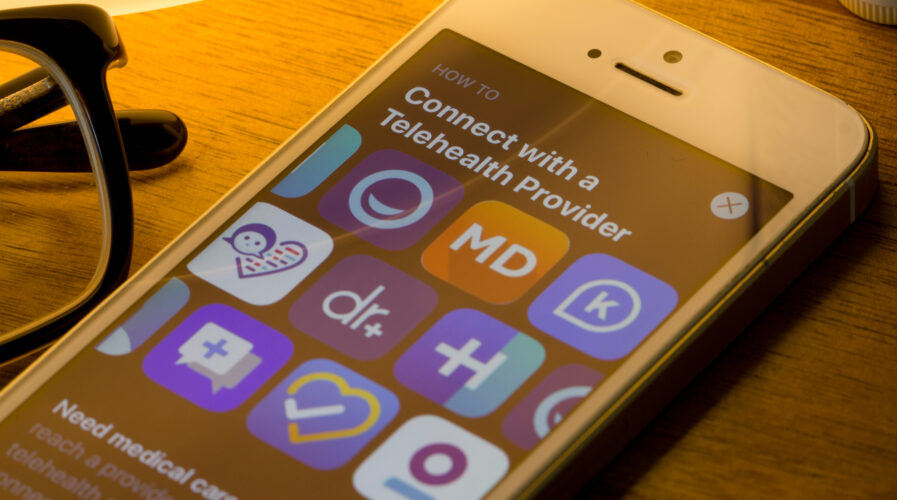
Telehealth could help the healthcare sector breath a sigh of relief. Source: Shutterstock
Why the pandemic will boost telehealth services across Asia-Pacific
- The global telehealth market is predicted to reach US$55.6 billion by 2025
- Telehealth services can help advance the delivery of healthcare in Asia-Pacific
As the coronavirus pandemic rages across the globe, overstretched healthcare bounded by social distancing measures is turning towards telehealth services to curb the spread. Telehealth, as defined by the World Health Organization (WHO), is the use of telecommunications and virtual technology to deliver healthcare services out of traditional healthcare facilities.
Telehealth and telemedicine include “videoconferencing, transmission of still images, e-health including patient portals, remote monitoring of vital signs, continuing medical education, and nursing call centers.” The global telehealth market is set to hit US$55.6 billion by 2025, based on MarketsandMarkets.
The potential of telehealth services is tremendous in the Asia-Pacific region as its diverse economies from South Korea to India are looking towards technology-inspired solutions to deliver healthcare services.
For nations such as Singapore, which is at the forefront of telehealth and telemedicine, the pandemic provided a boost in the nation’s efforts to further consolidate its telehealth infrastructure and systems. The nation saw the growth of the telehealth services, especially in the context of the pandemic, where convenience and safety are the primary drivers.
In March, Singapore was ahead of the curve, launching its contact-tracing technology TraceTogether app. It was also reported that 64% of healthcare professionals in Singapore currently use some form of connected care technology to carry out diagnosis, treatment, or management of their patients.
Dr Christina Low, CEO and co-founder of HiDoc, a telemedicine app from Singapore, shared the changing role of telehealth that was initially intended for communities with little access to healthcare.
“Increasingly today, we see [telemedicine] becoming more of a tool for convenient medical care. It connects patients to doctors when non-urgent immediate care is needed, as well as follow-up care with both specialists and primary physicians,” she told Channel News Asia.
Since telehealth services reduce the risks and exposure to the infection, local authorities have been exploring the possibilities of delivering healthcare through the communication technology. A prime example would be Indonesia, with only three doctors for every 10,000 Indonesians and limited healthcare facilities, has turned to telehealth services to ease the strain on its healthcare system.
It was reported that the government of Indonesia had directed citizens to access healthcare and medical services through forms of technological solutions such as getting consultations via telephone or text, or have medical prescriptions delivered to them.
Vietnam is also tapping into telehealth to ensure healthcare services are accessible to citizens. In April, the country launched its first telemedicine program amid the pandemic. The program connects patients with doctors through the virtual platform and offers remote healthcare services such as medical consultations, treatment, and consultation on surgical anatomy.
Last month, Vietnam’s Ministry of Health gave the green light for a five-year project on remote medical examination and treatment involving 24 hospitals. This project focuses on developing apps and medical services that will help patients seek verified medical information, make appointments, and consult doctors.
As countries are gradually seeing the light at the end of the tunnel and recovery plans are well underway, telehealth plays a crucial role in supporting the recovery and lay the foundations for a new era of digital-first healthcare, set to improve the quality for healthcare for all.
READ MORE
- 3 Steps to Successfully Automate Copilot for Microsoft 365 Implementation
- Trustworthy AI – the Promise of Enterprise-Friendly Generative Machine Learning with Dell and NVIDIA
- Strategies for Democratizing GenAI
- The criticality of endpoint management in cybersecurity and operations
- Ethical AI: The renewed importance of safeguarding data and customer privacy in Generative AI applications
